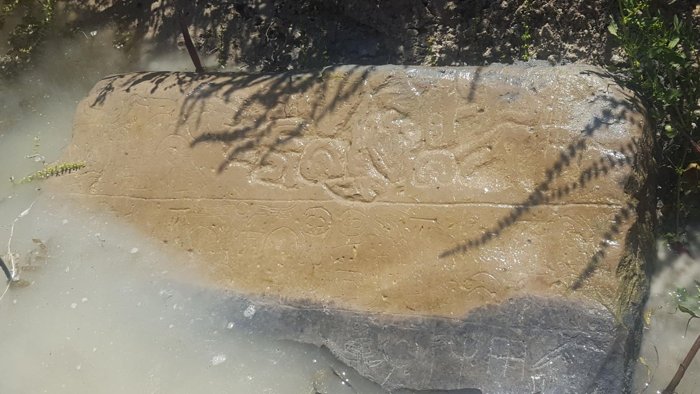It was said that all he touched turned to gold. But destiny eventually caught up with the legendary King Midas, and a long-lost chronicle of his ancient downfall appears to have literally surfaced in Turkey.
It was said that all he touched turned to gold. But destiny eventually caught up with the legendary King Midas, and a long-lost chronicle of his ancient downfall appears to have literally surfaced in Turkey.
Last year, archaeologists were investigating an ancient mound site in central Turkey called Türkmen-Karahöyük. The greater region, the Konya Plain, abounds with lost metropolises, but even so, researchers couldn’t have been prepared for what they were about to find.
A local farmer told the group that a nearby canal, recently dredged, revealed the existence of a large strange stone, marked with some kind of unknown inscription.
"We could see it still sticking out of the water, so we jumped right down into the canal – up to our waists wading around," says archaeologist James Osborne from the University of Chicago.
"Right away it was clear it was ancient, and we recognised the script it was written in: Luwian, the language used in the Bronze and Iron ages in the area."
The half-submerged stone with inscriptions dating to the 8th century BCE. (James Osborne)
With the aid of translators, the researchers found that the hieroglyphs on this ancient stone block – called a stele – boasted of a military victory. And not just any military victory, but the defeat of Phrygia, a kingdom of Anatolia that existed roughly 3,000 years ago.
The royal house of Phrygia was ruled by a few different men called Midas, but dating of the stele, based on linguistic analysis,…



